2020 marks thirty-five years since Super Mario Bros. first launched on the Nintendo Entertainment System, and the plumber has featured in many different games ever since. 1996 saw the series’ revolutionary transition into the 3D world with Super Mario 64, followed by various other 3D ventures. As part of this year’s celebrations, Nintendo have launched this ‘star-studded’ compilation, showcasing the best Mario’s 3D world has on offer.
Jump through paintings and collect Power Stars in Super Mario 64, clean up some graffiti while basking in the sun in Super Mario Sunshine, and soar through the stars and defy gravity in Super Mario Galaxy. Does Super Mario 3D All-Stars reach for the gas-filled interstellar spheres, or is it starting to show its age? Find out in our review, after the break!

Super Mario 3D All-Stars
Nintendo Switch
Developed by Nintendo
Published by Nintendo
Released: 18th September 2020
Digital copy provided by Nintendo UK
As I mentioned previously, Super Mario 3D All-Stars features three of Mario’s 3D adventures: Super Mario 64, Super Mario Sunshine, and Super Mario Galaxy. These games are mostly direct ports from their original consoles, their only changes range from slightly modified controls to a higher resolution. Other than that, everything remains intact, with no modification to the actual content of the games. Because of this, I will not be dwelling too much in any particular game within the collection.
Starting with Super Mario 64, this release begins with an invitation signed by Princess Peach, summoning Mario for a delightful piece of cake. The spongy delicacy will have to wait though as, surprise surprise, the Princess has been kidnapped by none other than Bower, trapped in a realm beyond the castle’s walls. The Koopa King has also stolen the Power Stars fueling the castle, hiding them across various locations mysteriously connected to the palace. Jump through a portrait and who knows where you’ll end up… some of them are still just portraits though, so you’ll just bump your noggin instead!

Super Mario 64 was a fantastic game when it first launched. It was the first Mario game to have complete 3D freedom full of creative levels and fun gameplay. Though it’s showing its age, playing the title today is still a whole lot of fun. I just love how unique each of the courses are, even years after I originally played the game. I am particularly fond of both Boo’s Big Haunt for its general spookiness and Wet-Dry World for its unique water feature. Some levels, such as the aforementioned Wet-Dry World, also changes state depending on how you enter its warp entry. One thing I love about this port is just how sharp everything looks, even though the models are quite simplistic. It’s definitely easier on the eyes when compared to the N64 version on the exact same screen.
The game has very little hand-holding for the most part, and learning how to perform some of the moves require talking to certain characters or reading signposts… alternatively, you can just check the action menu All-Stars provides by pressing minus. In addition to this, you aren’t given much information on how to obtain each of the stars other than the name of them. Though this does add a nice bit of challenge, some stars were just a pain to discover simply because the clue was so cryptic. Some of the physics are also fairly questionable when compared to more modern games. When facing one direction and changing to the opposite way, Mario can’t seem to decide whether he wishes to turn on the spot or walk in a circle, this often led to me falling off the edge of a platform. Finally, the camera in Super Mario 64 is still absolutely horrid. Controlling the camera can be done with the right stick, but you are limited to incremental rotations of about 30 or so degrees. It would’ve been appreciated if the collection added completely free rotation in its camera controls.

Next up is one of my personal favourites from the Mushroom King or, in this case, Isle Delfino. While landing upon Delfino Airstrip embarking on a luxurious tropical getaway, Mario, Peach, Toadsworth, and a bunch of Toads are greeted by a slimy Piranha Plant made up of a goop of high viscosity. Though Mario defeats the creature with a Flash Liquidizer Ultra Dousing Device (or F.L.U.D.D) that was just lying about, he becomes apprehended by the locals, arrested for the crimes of polluting Isle Delfino… ignoring the fact that the criminal is only trying to frame the plumber. Mario’s punishment is to clean up the entirety of the island to recover all the Shine Sprites that have fled the Shine Gate.
Personally, playing through Super Mario Sunshine has always been a delight, albeit a few frustrating levels. I could really feel the tropical vibes while prancing along the many locales of Isle Delfino, something that is intensified by the sharper and clearer graphics the port has on offer. You can even see landmarks in the course portals, which were nothing more than a blur in the original. I love each and every one of the main courses, from the humble beginnings of Bianco Hills to the mysterious halls of Hotel Delfino of Sirena Beach. Just this is almost enough for me to forgive the fact that Nintendo decided to announce this collections mere weeks after I finished one of my playthroughs of the original!
One thing that took a bit of getting used to were the new controls for F.L.U.D.D. On the GameCube, pressing the right trigger lightly would allow you to move about while spraying, while holding it down locks you into place, enabling you to more precisely aim where you are shooting. In this version, holding down ZR lets you move and spray, while the R button locks you in place, you can also alternate between the two if needed. Though this was a little strange after playing through the original, it quickly becomes natural, I just wish there were a way to do a button swap that didn’t include remapping the controller from system settings. The camera in Sunshine works an absolute dream, which is a fresh breath of air after collecting 120 stars from Super Mario 64, allowing for smooth 360-degree control with the right stick. One thing I wish were added though were the ability to invert the vertical camera and aiming controls, the way they are set now feel a bit unnatural to me personally.

Now for the final game, Super Mario Galaxy. This intergalactic adventure starts with yet another letter from Princess Peach, inviting Mario to the castle. This time it is in the midst of the star festival, a celebration that happens every one hundred years when a particular comet comes near orbit. Tragedy strike, as per usual for every Mushroom Kingdom celebration, when Bowser doesn’t just kidnap Peach, but also the whole castle she is in, dragging it into the far reaches of outer space. During a feeble attempt to stop the brute’s armada, Mario is knocked off by Kamek, left to drift among the stars. Peach, witnessing Mario’s demise, sends off a strange creature called a Luma off to rescue the plumber, who ultimately brings him to a small planetoid garden. While there, you’ll meet a mysterious woman who goes by the name of Rosalina and, once you’ve rescued a nearby Grand Star, she’ll tell you about how Bowser stole all the Power and Grand Stars from her Comet Observatory. Rosalina then requests that you use the observatory to launch to other galaxies for the hunt for more stars to power up the Comet Observatory that will, in turn, grant enough power to bring you to where Peach is being held.
I remember the day I got Super Mario Galaxy on launch like it was yesterday, from the excitement I couldn’t control through my school day, to popping over the uneven grounds of my local Game Station (RIP). I remember being absolutely amazed playing through the game for the first time with how beautiful most of the levels looked. Though it is a shame that all the levels have a more linear narrative compare to other 3D Mario games, it was still an amazing experience altogether. Not to mention the climax of the story was quite the tear-jerker, along with the option backstory you learn about Rosalina in the Library.

In the original version, you could use the Wii Remote’s pointer to collect a new collectible called Star Bits. These can be used to stun enemies or feed Hungry Lumas, allowing them to transform into Sling Stars, planets, or even galaxies. The All-Stars version provides two methods of controlling your pointer, depending on which mode of play you are using. When using TV or Tabletop Mode, you can use your right JoyCon as a pointer, though this time it uses the technology inside rather than a sensor bar for point of reference. If you ever find it is out of alignment, you can press the R button to re-center the pointer; though the game does tell you this, it can be easy to miss. When playing in Handheld mode, you can simply use the touch-screen, which is an input I actually prefer using personally. Mario could also perform a spin attack by shaking the Wii Remote, this can now be done by shaking either JoyCon or by pressing Y in any mode of play. Other than the graphics looking more sharper than the original, there’s not much else to say about Super Mario Galaxy, there’s nothing that I would really add or take away (except maybe including its sequel), making it my most neutral game from the collection.
Super Mario 3D All-Stars also includes a music player that allows you to listen to each of the game’s full three soundtracks even with the screen turned off. The soundtrack to Super Mario Galaxy is especially impressive being the first Mario game that utilised a fully orchestrated soundtrack. My only issue with the music player is that, unlike Super Smash Bros. Ultimate which has a similar feature, there is no way to create a playlist of your favourite songs, a feature that I would definitely appreciate, rather than having to swap to a new song manually between different menus each time.

Super Mario 3D All-Stars is definitely an impressive collection that contains three of Mario’s greatest 3D outings, it’s something that should excite any Mario fan, young or old. Assigning a definitive score for the title, however, is an incredibly difficult task due to its worth being completely dependent on the user’s situation. To some, £50 may seem a bit on the steep side for a collection that contains only three games which are essentially prettier looking port of old titles, regardless of how great they are. However, if even just one of these games means something to you, or if you missed out on any of them, then that price may seem like a brilliant value, especially if all the games are a brand new experience to you. Personally, no matter what, I adore each of the games on offer, and being able to play a better version of these games at a much greater convenience makes this package worth it to me.
It is important to note that, unlike other reviews we have done, the following score is purely based on my personal preferences due to how varied I believe preferences can be for the title. It is recommended you at least read the above summary to help make up your decision.
Final score – 4 out of 5
Super Mario 3D All-Stars is out now exclusively for Nintendo Switch family systems.
I am a huge Nintendo fan, hence why NintyBuzz exists. I especially love all things Zelda and Metroid. NintyBuzz was started by me back in the Summer of 2014, it started out mainly as a hobby, though the site has gradually grown, and I hope it grows for many years to come!


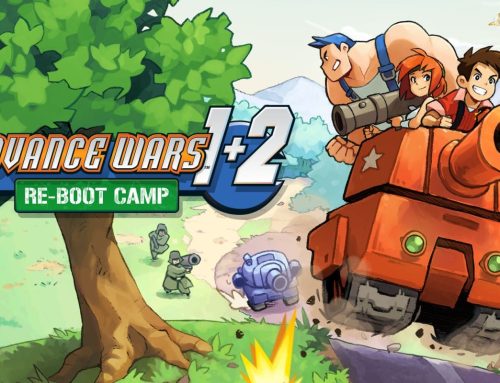
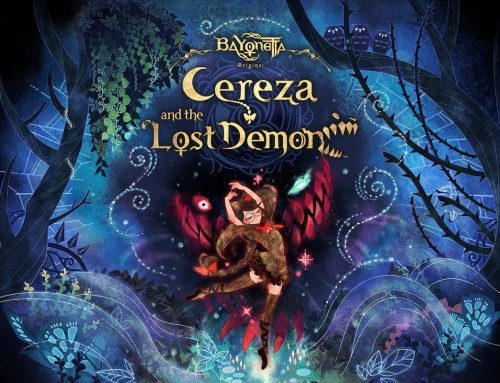
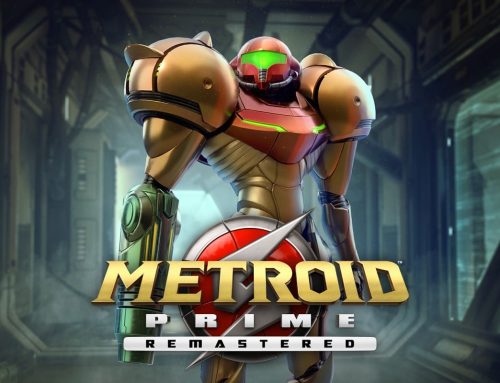
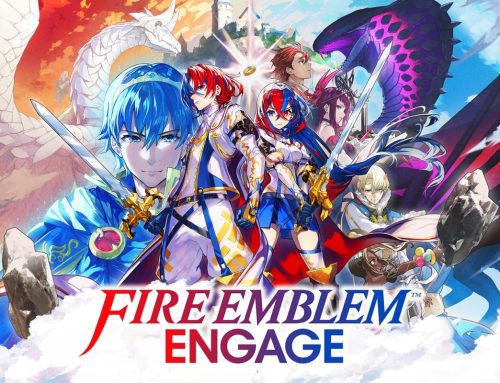
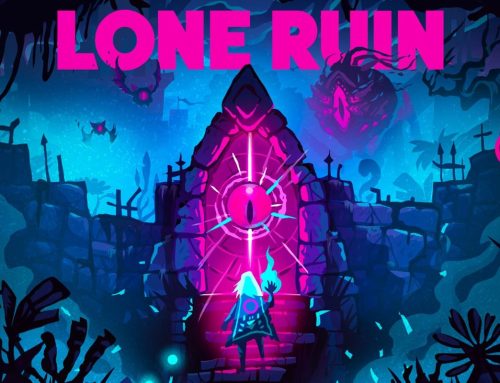
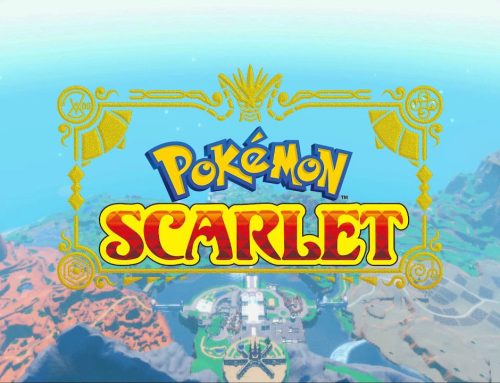
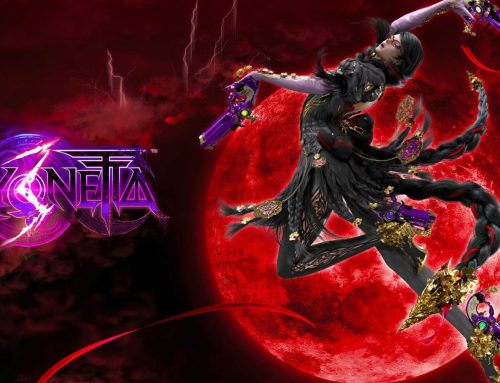
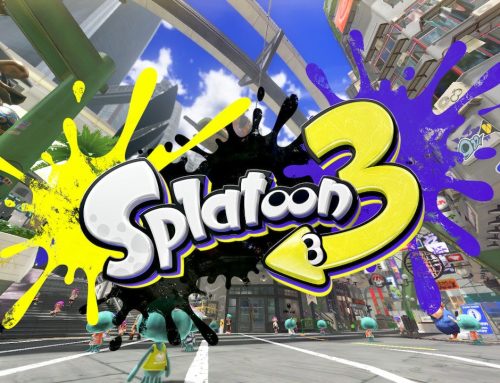
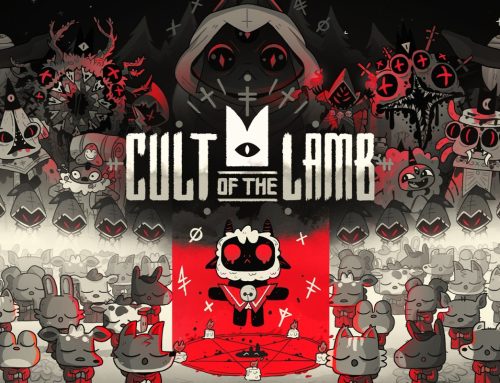

Leave A Comment
You must be logged in to post a comment.